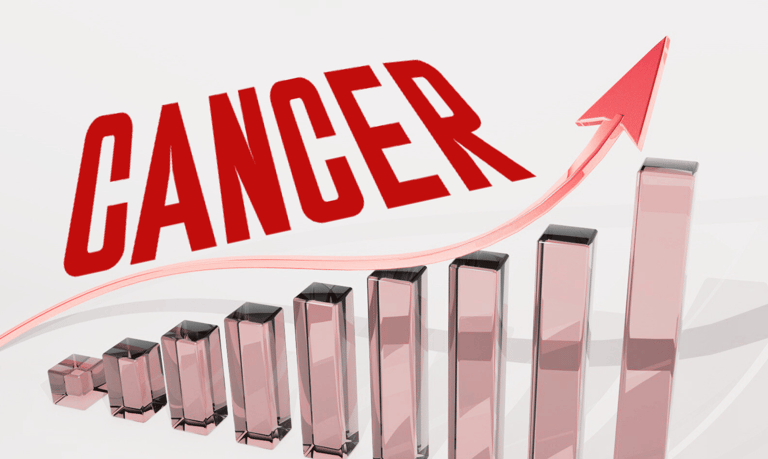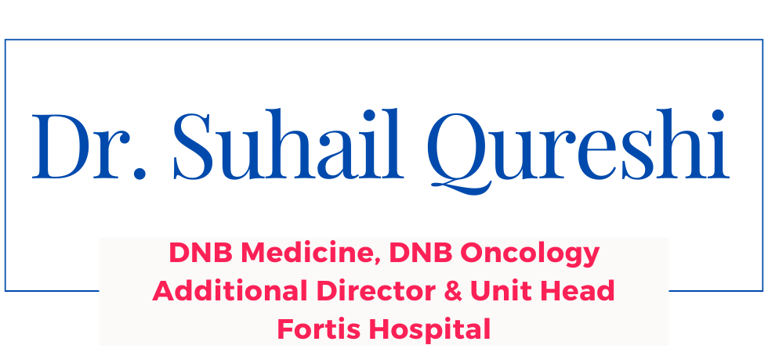Is Cancer More Common Now Than Before?
CANCER INSIGHTS


Is Cancer More Common Now Than Before? Why Cases Are Rising
Cancer has become an increasingly prevalent health concern worldwide, leading many to wonder: is cancer more common now than in the past? While medical advancements have improved early detection and treatment, the number of reported cancer cases continues to rise. Understanding why this is happening is crucial in addressing prevention and improving outcomes.
The Rising Trend of Cancer Cases
Over the past few decades, global cancer rates have seen a significant increase. According to the World Health Organization (WHO), cancer is now one of the leading causes of death worldwide. This upward trend can be attributed to multiple factors, including lifestyle changes, environmental influences, and better diagnostic capabilities.
Why Are Cancer Cases Increasing?
1. Aging Population
One of the primary reasons for the rise in cancer cases is the increase in life expectancy. As people live longer, the likelihood of developing cancer naturally rises. Cancer is largely a disease of aging, with the majority of cases occurring in individuals over 50.
2. Improved Diagnostic Techniques
Advancements in medical technology have made it easier to detect cancer at an earlier stage. Imaging technologies like MRI, CT scans, and molecular testing help identify tumors that may have gone unnoticed in the past. This means that while the actual occurrence of cancer may not have changed drastically, its detection has improved significantly.
3. Lifestyle and Dietary Changes
Modern lifestyles have introduced new risk factors that contribute to the rising incidence of cancer. Poor dietary habits, high consumption of processed foods, sedentary lifestyles, and increased obesity rates are all linked to higher cancer risks. Smoking and alcohol consumption remain significant contributors to cancers such as lung, liver, and esophageal cancer.
4. Environmental Pollution and Carcinogens
Exposure to environmental toxins has increased due to industrialization and urbanization. Air pollution, pesticide-laden food, and chemicals in consumer products are known to increase cancer risk. Long-term exposure to these factors can trigger genetic mutations that lead to cancer.
5. Genetic and Hereditary Factors
While lifestyle and environment play crucial roles, genetic predisposition also contributes to cancer cases. However, inherited cancers account for only a small percentage. Genetic screening and counselling can help individuals with a family history of cancer take preventive measures.
6. Infectious Agents
Certain viruses and bacteria are linked to cancer. Human papillomavirus (HPV) is associated with cervical and other cancers, while Helicobacter pylori infection increases the risk of stomach cancer. Vaccination and early detection of such infections can help reduce cancer rates.
Addressing the Rise in Cancer Cases
While cancer rates are increasing, awareness and prevention can help mitigate risks. Regular screenings, a healthy diet, exercise, and avoiding known carcinogens can significantly reduce the likelihood of developing cancer. Additionally, advancements in personalized medicine and targeted therapies are improving cancer treatment outcomes.
The Role of Expert Oncologists in Cancer Care
Timely diagnosis and expert medical intervention are critical in improving survival rates. Dr. Suhail Qureshi, a leading oncologist in Delhi, emphasize the importance of early detection, personalized treatment plans, and lifestyle modifications to reduce cancer risks.
Conclusion
The rise in cancer cases is a complex issue driven by multiple factors, including aging, improved detection, environmental exposures, and lifestyle changes. While the numbers may seem alarming, increased awareness and medical advancements provide hope. By making informed choices and prioritizing early screenings, individuals can take proactive steps to lower their cancer risk.
